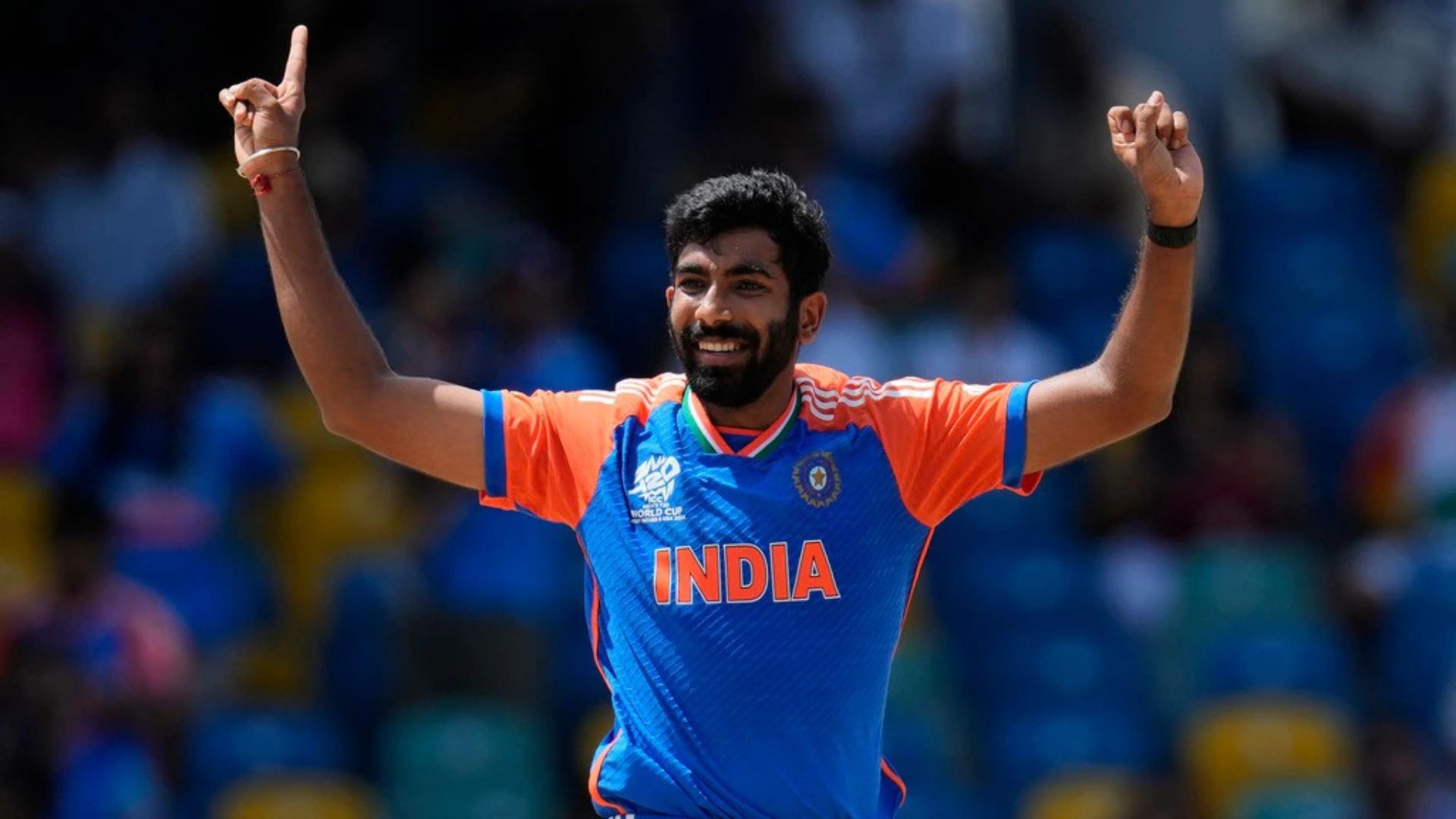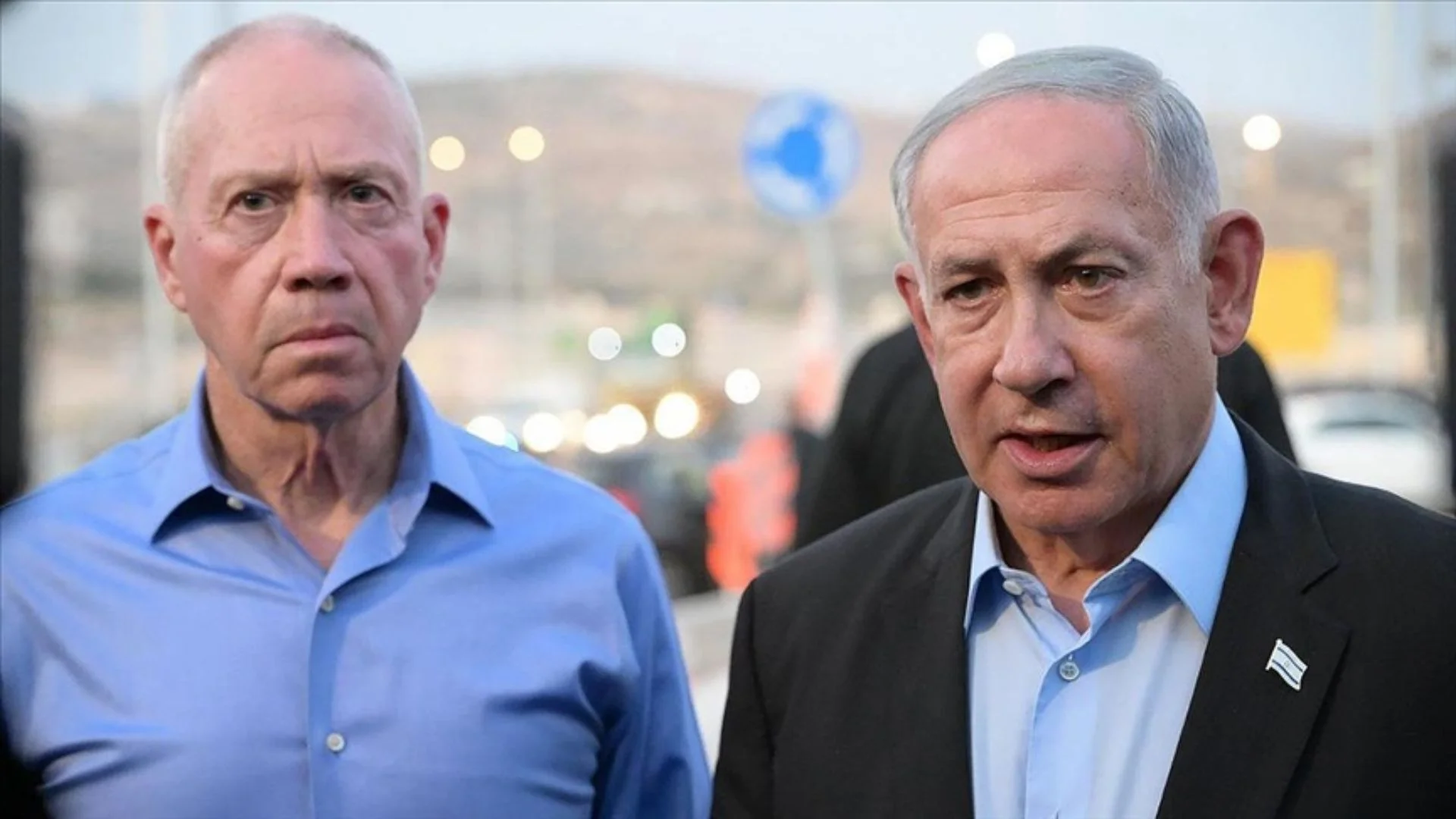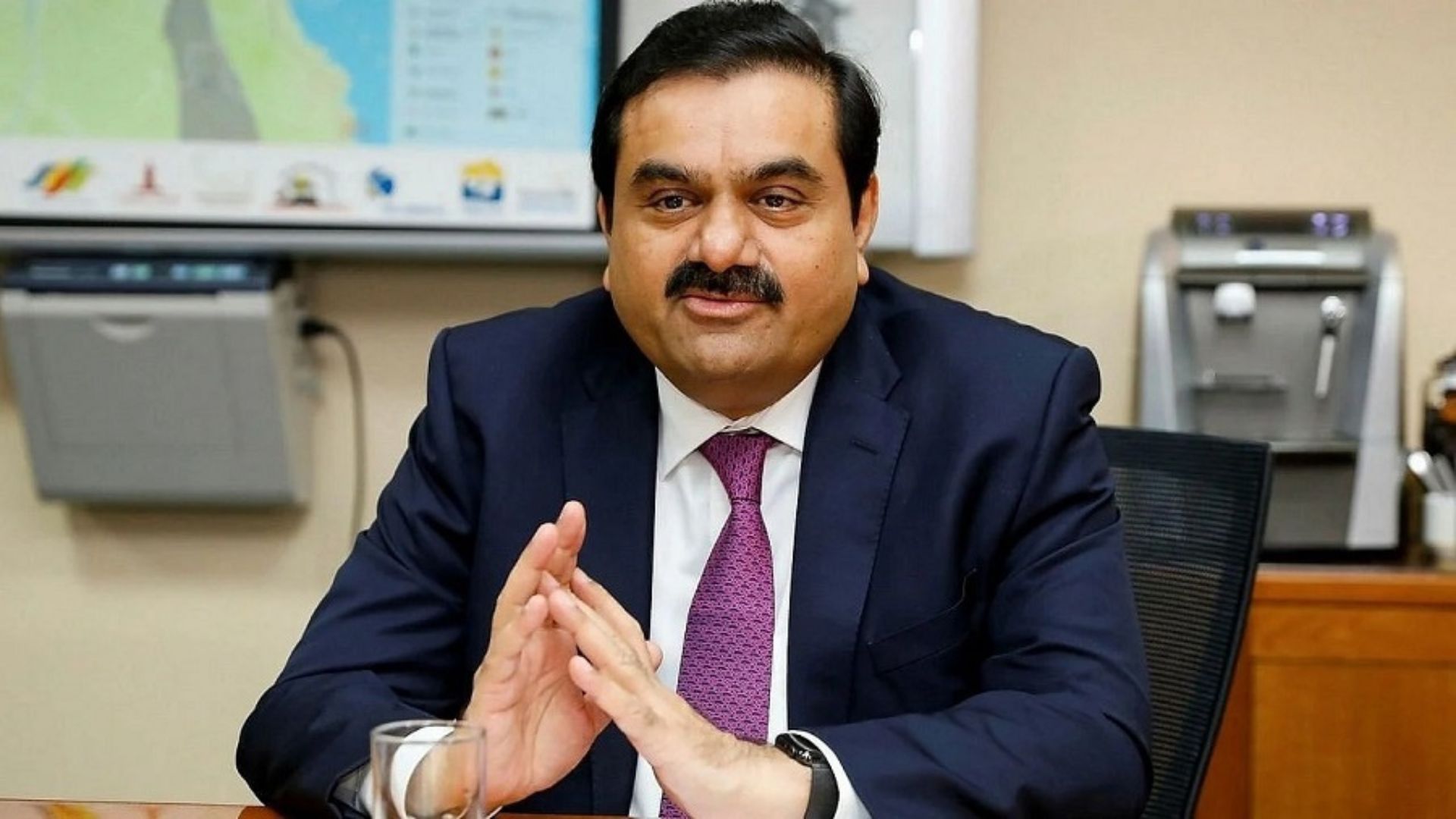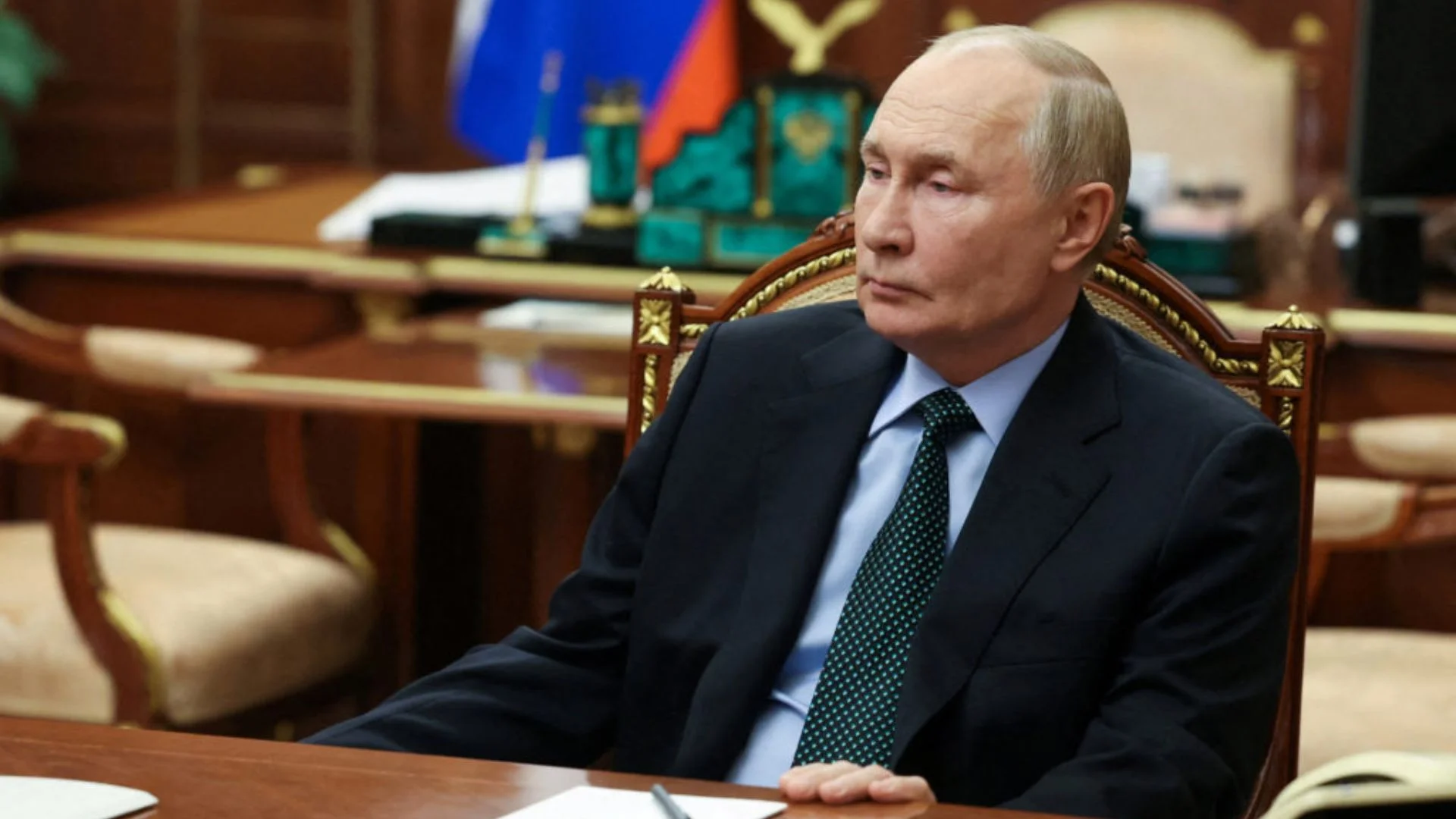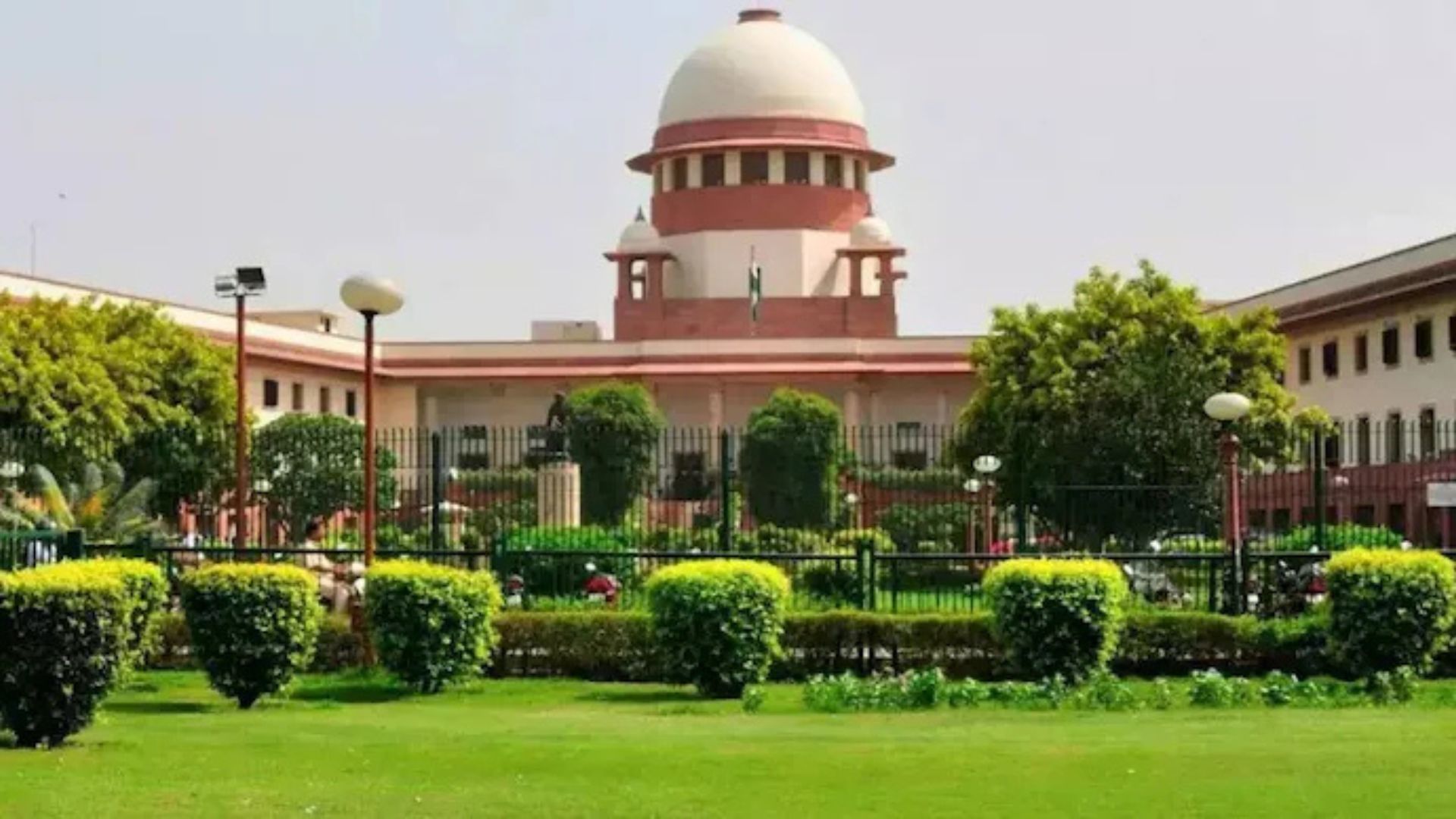
The discourse around sub-classifying Scheduled Castes (SCs) and Scheduled Tribes (STs) in India is a complex and deeply sensitive issue. It brings to the forefront fundamental questions about fairness, equity, and social justice. While there is an undeniable need to ensure that the most vulnerable groups within these communities receive adequate support, there is also legitimate concern that additional sub-classifications could lead to fragmentation and undermine the overarching goals of existing policies. The debate over sub-classification is not merely about administrative adjustments; it touches on the very fabric of India’s approach to affirmative action.
Constitutional Framework
The Indian Constitution lays down a framework for equality and non-discrimination through Articles 14, 15, 16, and 341. Article 14 guarantees equality before the law and equal protection of the law, while Article 15 prohibits discrimination on grounds of religion, race, caste, sex, or place of birth. However, both Articles 15 and 16 also allow for positive discrimination, enabling special provisions for socially and educationally backward classes, which include SCs and STs.
Article 341 further grants the President of India the authority to officially designate groups as Scheduled Castes, providing them with certain protections and benefits. However, once a group is included in this list, only Parliament can make modifications. This creates a legal framework where the rights and benefits of SCs and STs are tightly governed, leaving little room for sub-categorization at the state level.
The Legal Battle
The legal complexities surrounding sub-classification first gained prominence with the Supreme Court’s ruling in E.V. Chinnaiah v. State of Andhra Pradesh (2005). The Court held that once a caste is included in the President’s list, sub-classifying groups within that list is unconstitutional as it would violate Article 14’s equality provision. The judgment assumed that homogeneity existed within the SC category and that further classification would disrupt the uniformity intended by the Constitution.
Despite the Chinnaiah ruling, concerns persisted that benefits were not being evenly distributed within the SC community. Empirical data suggested that certain sub-groups within the SC category were disproportionately benefiting from reservations, leaving the most marginalized sections behind.
This concern first came to light in 1975 when the Punjab government issued a notification prioritizing Balmiki and Mazhabi Sikhs within the SC category. However, the Supreme Court’s Chinnaiah judgment invalidated such state-level sub-classifications, reinforcing that only Parliament could make changes to the SC list.
Following Chinnaiah, the Punjab government enacted the SC and Backward Classes (Reservation in Services) Act in 2006, again prioritizing specific SC sub-groups. However, this law was struck down by the Punjab and Haryana High Court in 2010, leading to an appeal that eventually reached the Supreme Court in Davinder Singh v. State of Punjab. In 2020, the Constitutional Bench revisiting this case questioned the validity of the Chinnaiah judgment, suggesting that it may have overlooked principles from Indra Sawhney v. Union of India (1992), which allowed sub-classification within Other Backward Classes (OBCs) to ensure equitable distribution of benefits.
Redefining the Debate
In August 2024, a seven-judge bench of the Supreme Court delivered a crucial ruling in the Davinder Singh case, overturning Chinnaiah. In a 6:1 decision, the Court held that sub-classification within SCs could indeed be constitutional if it serves the purpose of ensuring more equitable distribution of reservation benefits. The judgment emphasized that sub-classifications are valid if they promote substantive equality by directing benefits to the most disadvantaged groups within the SC community.
This ruling could lead to significant changes in how reservation benefits are distributed. Critics argue that sub-classification could dilute the broader purpose of SC reservations by creating internal divisions and competing interests. However, proponents contend that without sub-classification, the benefits of affirmative action are likely to be monopolized by relatively better-off sub-groups within the SC community, thereby defeating the objective of social justice.
The Creamy Layer Debate
The debate over sub-classification of SCs and STs also revisits the question of applying the “creamy layer” principle, currently used for OBCs, to these groups. The “creamy layer” concept excludes the more socially and economically advanced members from reservation benefits. So far, the Supreme Court has not extended this principle to SCs and STs, citing their distinct socio-economic disadvantages. However, the introduction of sub-classification may reignite discussions on this issue. Critics argue that without a creamy layer filter, the benefits of sub-classification could favor the relatively privileged within sub-categories rather than the most marginalized. On the other hand, supporters worry that applying the creamy layer could weaken the protections these communities have struggled to secure, similar to concerns raised during the implementation of the Mandal Commission’s recommendations for OBC reservations.
Critics argue that without a creamy layer filter, the benefits of sub-classification could favor the relatively privileged within sub-categories rather than the most marginalized.
The Political Dimension
Adding to the complexity, the political dimensions of this issue cannot be ignored. After the Supreme Court’s decision, a delegation of BJP MPs, led by Prof. (Dr.) Sikander Kumar, met with Prime Minister Narendra Modi on August 9, 2024, to discuss the implications of the ruling. PM Modi assured the delegation that the government would carefully consider the matter. Such political assurances highlight the sensitive nature of this issue, which has the potential to influence electoral dynamics, particularly in states with significant SC and ST populations.
The debate over sub-classification highlights the need for research that connects legal principles with real-world data and social contexts. The 2024 ruling offers a new constitutional perspective, but its implementation will require a thorough understanding of ground realities, supported by strong empirical data. The challenge lies in delivering targeted benefits without causing divisions within a community that has long been united in its pursuit of social justice. As India refines its affirmative action policies, the evolving legal landscape shows that the quest for true equality is ongoing. Whether sub-classification will bring about greater fairness or lead to new divisions among SCs will be crucial in shaping the future of affirmative action in India.
Dr.Prashant Kumar, Assistant Professor, MATS University, Raipur, CG
Dr.Shree Ram Malani, Assistant Professor, MATS University, Raipur, CG
